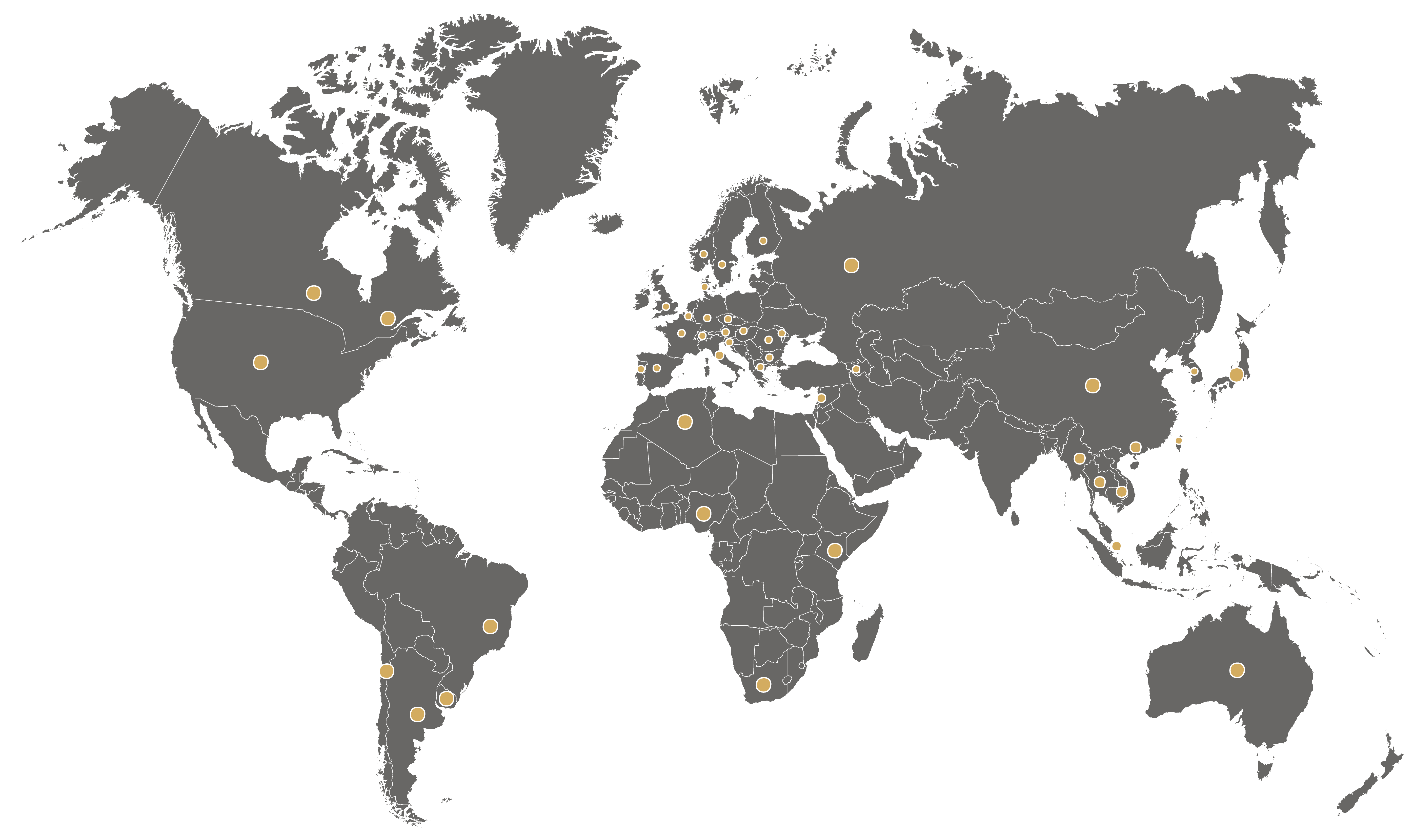Globally renowned for its art of living, France is an undisputed reference in the wine market. Although its national production is more than sufficient to meet consumer demand, the French remain curious and open to discovering new wines from abroad. For wine producers around the world, the country represents a huge market and offers many opportunities. Are you looking to enter the French market? Here’s what you need to know.
France’s high level of expertise in wine production, along with its variety of grape varieties and terroirs, makes it a major name in global viticulture. In 2023, the country became the world’s largest wine producer again. Wine consumption, whether occasional or regular, is deeply rooted in the French lifestyle. Increasingly knowledgeable and curious, consumers are open to the diversity offered by wines from abroad. Key points to note:

Seven out of ten French people drink foreign wines, and 43% say they want to "try new things" (according to the 12th SOWINE/Dynata barometer, 2023). To broaden their wine palate, the country imports quality wines from around the world. On average, France imports about 7 million hectoliters of foreign wines annually. 80% of these wines are in bulk, meaning they are sold in box wine or bag-in-box formats. On the French market, Rioja wines from Spain, Proseccos, and the great Barolos from Italy have been particularly successful in recent years.

Although most wines imported into France come from Spain, Italy, and Portugal, consumers are increasingly interested in wines from the other side of the Atlantic, especially from the United States and Chile. The country also imports wines and spirits from South Africa, Australia, Argentina, and New Zealand. Why the success? The use of lesser-known grape varieties in foreign wines, compared to the well-known varieties in France, such as Sauvignon Blanc from New Zealand or Syrah from Australia. As a result, foreign wines are appealing to French consumers seeking new flavors and experiences.

Pour les vins commercialisés sur le territoire français, l’étiquette doit comporter une série de mentions obligatoires comme l’appellation d’origine, la teneur en alcool, les ingrédients allergènes (sulfites par exemple) et les informations sur l’embouteilleur/producteur. Depuis décembre 2023, les produits doivent également indiquer la liste d'ingrédients et leur déclaration nutritionnelle.
There are also labeling rules regarding allergens (Directive 2003/89/EC) and environmental/sustainability claims (Regulation (EC) No. 889/2008).
France is a member of the European Union, which means that the regulations on goods exports are vast and complex. Selling products in France requires thorough planning and regulatory monitoring. With the variety of customs procedures and administrative requirements depending on the exporting country, it is strongly recommended to establish a lasting partnership with importers in France. This will allow you to benefit from their expertise in the French market and their knowledge of local regulations.

France consumes around 3.5 billion bottles of wine per year. More than 60% of these come from large retailers: this sector is particularly interesting for small distributors of foreign wines. Online sales, as well as wine shops and traditional retailers, represent 10% of sales. Finally, one-third of bottles are consumed in restaurants.
In the first quarter of 2024, wine sales showed a mixed trend. Organic wines and wines from environmentally friendly vineyards are continuing to grow, in response to the increasing demand for organic products. Premium wine sales remain stable, driven by a clientele in search of new experiences and unique terroirs, while entry-level wine sales have seen a slight decline. This decline can partly be explained by price increases and the more moderate consumption observed in recent years. The most purchased wines are:
Another trend observed: according to the 2023 SOWINE/Dynata barometer, 55% of French people check if a wine bottle has an environmental certification (up 2 points from 2022). Their reasons include:

Nadia Lelandais - Director - CAVE LES FAÎTIÈRES D’ORSCHWILLER - KINTZHEIM, France
"A Gilbert & Gaillard medal is recognition of our group's expertise. Our Crémant Puits du Moine is an asset for the cellar and won a gold medal at the Gilbert & Gaillard Challenge. We have fully integrated this distinction into our packaging modernization plans. We have achieved results in France and Belgium. The Gilbert & Gaillard medal is very attractive in stores, a mark of prestige and quality, and has allowed us to seize new opportunities. "

The French market presents several specificities for producers wishing to export their products. It is a country of experts, where wine holds a prominent place in the cultural heritage. Particular importance is given to the labeling of wines, especially the provenance. Consumers are indeed willing to pay more for a wine with a DOC (Controlled Designation of Origin) than for one without a geographical indication (SIG). In short: France is a land of opportunity, but with high expectations.
This is why medals on bottles are so important. In a country where competition is fierce, obtaining a Gilbert & Gaillard medal is a mark of quality and know-how. It is a real opportunity to stand out and highlight your products in the market. Both experienced and novice consumers need references when choosing wine.
Using Gilbert & Gaillard medals for wine exportation means leveraging an internationally recognized wine competition with a 35-year history. Want to register your wines? Log in to your winemaker space for access to our database of over 10,000 importers and distributors, including a specialized list of French importers.
